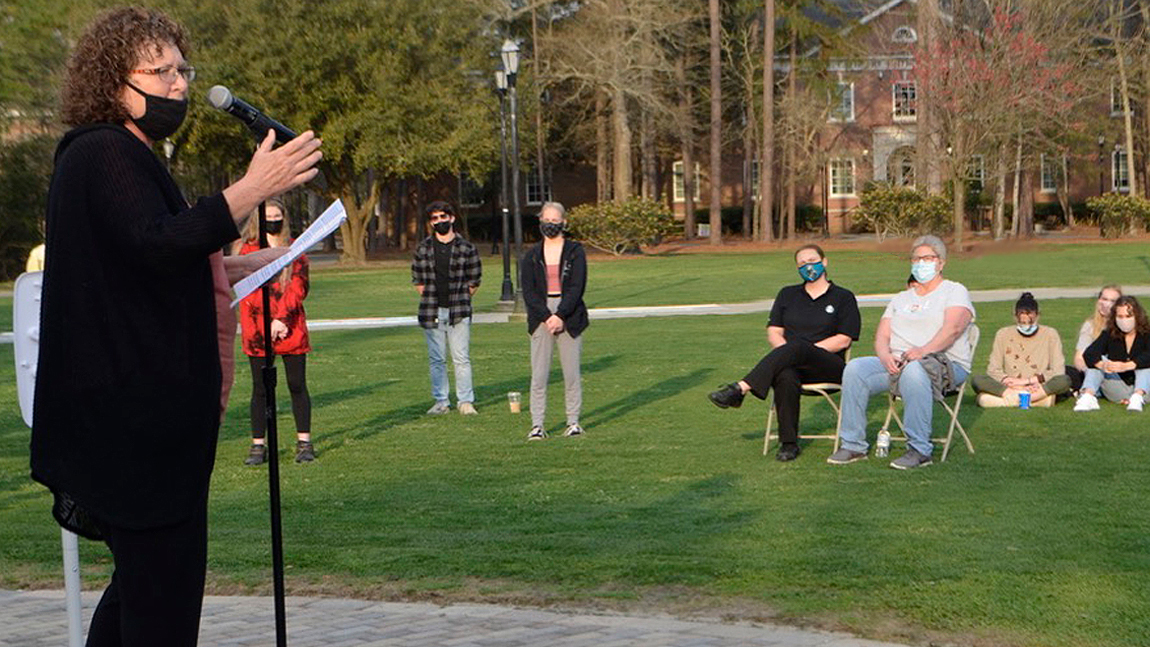By Bob Gatty.
What is more important? Building a wall that’s supposed to stop illegal immigrants from crossing into the country but really won’t, or using more money to fight dread diseases like childhood cancer?
On Feb. 5 in his State of the Union address, President Trump once again demanded construction of his wall on the border with Mexico, for which he seeks a $5.7 billion down payment. In the same speech, he requested just $500 million over the next 10 years to combat childhood cancer.
That comparison, $5.7 billion for a wall to keep immigrant children and their parents out of the U.S. vs. $500 million to help find a cure for cancer in kids pretty much sums up the misplaced values of the Trump administration.
The repeated warnings of dire consequences if asylum seeking migrants are allowed into the U.S. continued unabated in his speech as did his claims of the effectiveness of walls on the border.
“The border city of El Paso, Tex., used to have extremely high rates of violent crime–one of the highest in the entire country, and considered one of our nation’s most dangerous cities,” he said. “Now, immediately upon its building, with a powerful barrier in place, El Paso is one of the safest cities in our country.”
Problem is, that was a lie. Fact checkers at The New York Times explained:
“El Paso was never one of the most dangerous cities in the United States, and crime has been declining in cities across the country–not just El Paso–for reasons that have nothing to do with border fencing. In 2008, before border barriers had been completed in El Paso, the city had the second-lowest violent crime rate among more than 20 similarly sized cities. In 2010, after the fencing went up, it held that place.”
It was just another of Trump’s lies and exaggerations used to support the need for his obsession, “a big, beautiful wall,” that would cost multiple billions more than the $5.7 billion currently being sought. In fact, a report by the conservative think tank, CATO Institute, said it “will likely cost about $59.8 billion to construct.”
Now, for childhood cancer research
Trump called for a $500 million increase in funding for medical research on childhood cancer over a decade, a cause he said “all Americans can get behind.” That would add about $50 million to the $462 million currently being spent by the National Institutes of Health–a paltry 10 percent increase.
Trump plans to request the money in his upcoming federal budget, expected sometime this month. The NIH’s National Cancer Institute estimates that 11,060 children will be diagnosed with cancer in 2019, and that 1,190 will die. Approximately one in 285 children in the U.S. will be diagnosed with cancer before their 20th birthday.
According to the American Childhood Cancer Organization (AACO), childhood cancer is statistically relatively rare. While survival rates for many types of childhood cancer have improved, for many children, cancer will shorten their lives. it remains the number one disease killer of children in the United States today.
Just think about that. How much more could be done to help save our children from the scourge of cancer if just part of that wall money could be used, instead, to combat that disease. And what if some of that wall money was used instead to search for cures to other dread diseases?
Once again: what’s more important? A wall or finding a cancer cure for these children?




